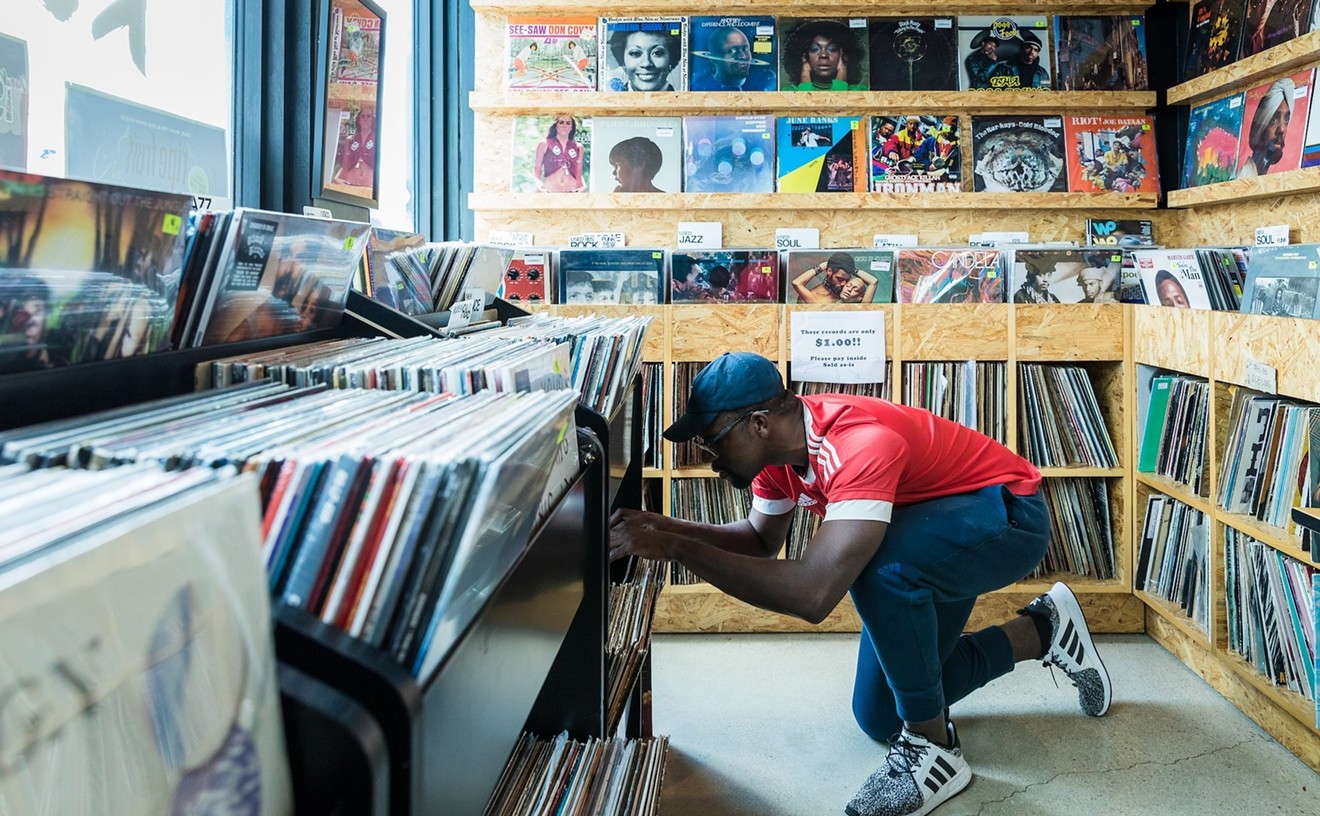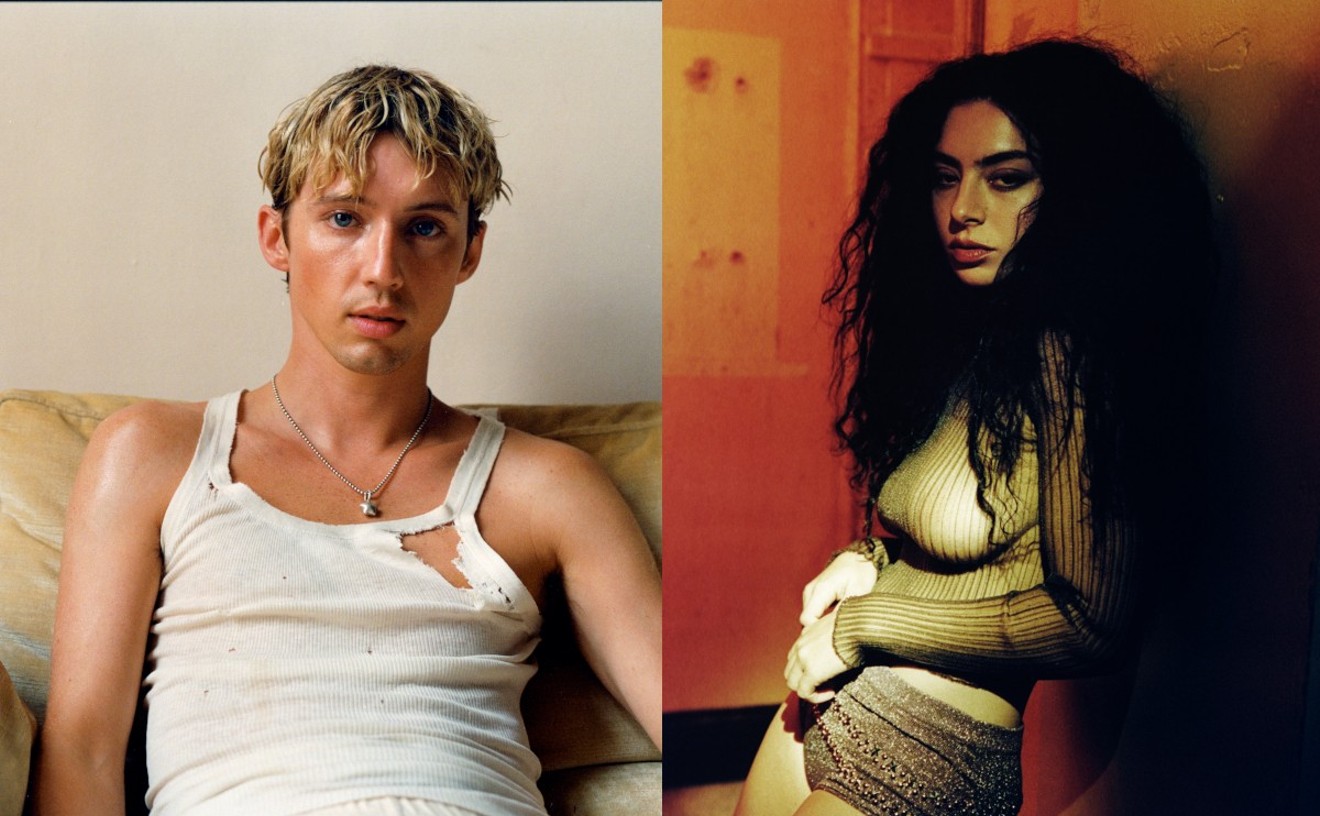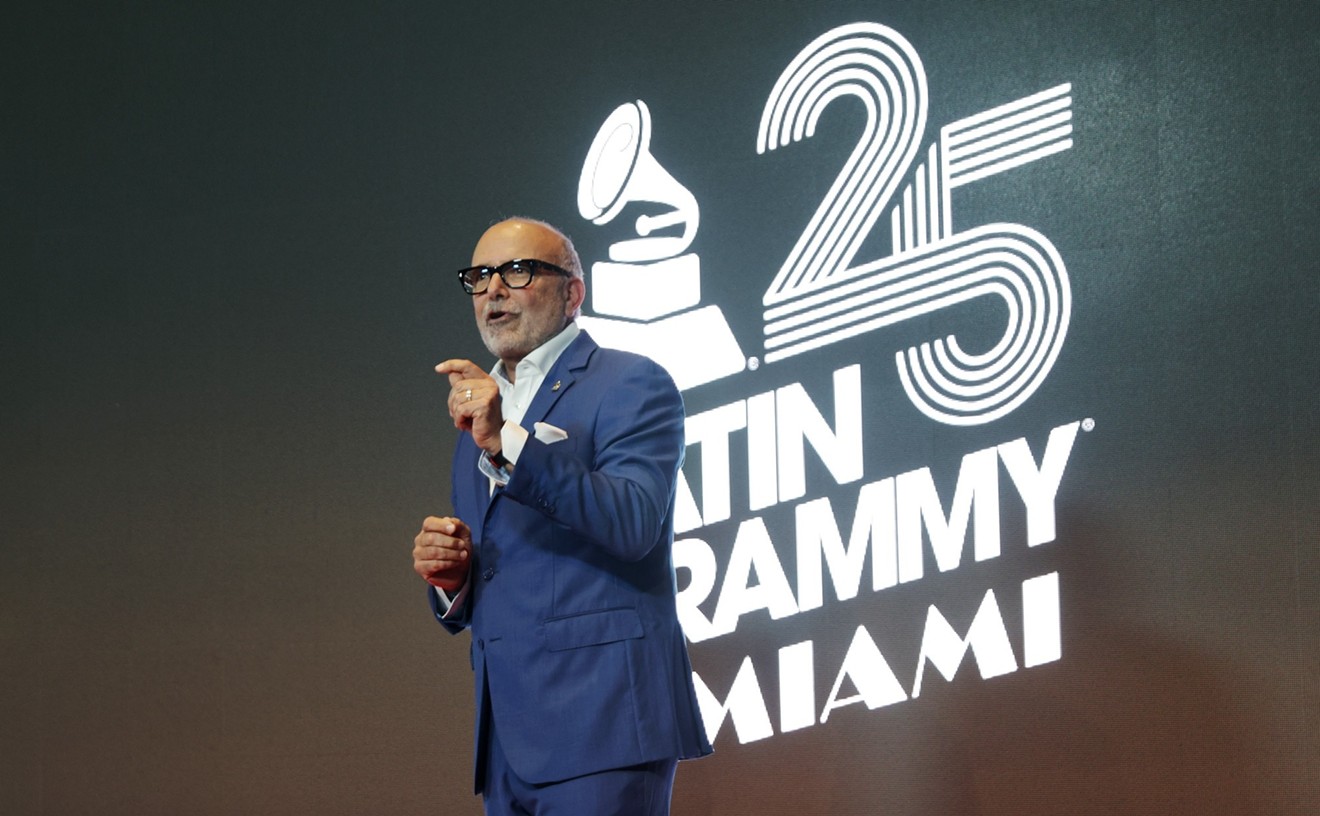
"Warning: trying to follow Meshuggah's music can make your eyes cross."
Apparently, the appeal of Swedish death metal band Meshuggah extends beyond your typical metal fan base. So much so that awareness of the band has even reached classical conservatory culture. In Volume 29, Issue 2 of Music Theory Spectrum, an academic journal published by The Society for Music Theory and the University of California Press, composer and City College of New York music professor Jon Pieslak contributes a formal analysis on the band’s music entitled Re-casting Metal: Rhythm and Meter in the Music of Meshuggah.
The title of Pieslak’s article is fitting, as Meshuggah did indeed elevate the rhythmic sensibility of metal to a visionary new standard. Interestingly enough, though, in a phone call to New Times from Sweden, Meshuggah drummer Tomas Haake practically shrugs in dismissal at the suggestion that what the band is doing is that complicated. Though he does recognize that Meshuggah has a unique approach, he offers little as to how they arrived at their writing style and, essentially, de-mystifies his own band’s work. Some highlights from that conversation:
New Times: What was your take on somebody doing a formal analysis of your music
Haake: It’s actually happened a bunch of times. We haven’t seen all of them, but the ones that have been transcribing our music in the past have actually not been correct. I know it’s really difficult to make out exactly what’s going on when you’re listening to an album.
What are some things that people haven’t been getting right?
First of all, it’s usually the time signature. People stating, like “this track starts in 23/16” or whatever. Our songs are actually written on a 4/4 platform -- even though you could analyze it and make it into something else. That still doesn’t make it right.
A lot of listeners would probably be shocked to hear that most of your music is in 4/4! What is the twist that you’re putting on things so that people are getting this other impression?
Well, there is definitely more to the music than just 4/4. But the main thing is the 4/4 feel. For us, that’s a very important aspect to it. It helps us in giving the music a certain amount of flow. You can actually -- at least on a good night -- get into a groove. If you want to translate it into being “here’s this number of bars in 23/16” and this last part turns into thirteen sixteenth notes and starts over. That’s not how we perceive our music. It’s just a matter of that last one flowing in an odd number over the 4/4 beat. [Pieslak’s article does not, in fact, contradict this, and underscores Haake’s point with charts and analysis that detail the band’s use of “metric superimposition.” -- Ed.] Therefore, the 4/4 that we write and play around is the most important aspect. I usually play eighth notes on the hi hat all the time. So everyone in the band can headbang.
And that’s important. It’s kind of like a sine curve. If the 4/4 is a line going through the music, everyone else is doing things around that, and also that everyone is doing things in cycles that are sllightly different so that they intersect the main rhythm at odd points.
Yeah, yeah. Totally. That’s kind of how most of it is done. But I don’t hear the various cycles. I don’t count or hear the odd numbers. For example, if you have a riff that plays on the eighth notes, but plays nine times and then it starts over, that one just keeps going for like four, eight, sixteen, or thirty two bars and then it starts over. That’s usually how most of the stuff is done. It doesn’t really matter to us how that goes. It’s just a matter of listening to it enough and getting it into your system how you play it. Instead of counting and repeating a cycle, you kind of learn each bar differently than the bar previous, so you hear the riff as a long structure more than as a repetition of what it’s built out of.
How hard is it if someone falls off the groove when you’re playing live?
It’s sometimes really hard to get back into the patterns if you lose it at some point. That definitely happens. It’s not a lot of songs that have those super-long structures.
Kind of like if you’re on a bicycle and the chain slips and you have to keep pedaling for the chain to snap back in place.
Yeah.
How much is the band influenced by minimalist composers like Steve Reich, Philip Glass, and Terry Riley? Because there are elements of that style in your music.
None, really. I know of Steve Reich, but I’ve never really been exposed to it. Our guitar player told me about the guy, but as far as having any impact on how we write music, the way we write doesn’t really have to do with any outside influences at all. Where it comes from, for us to do these really odd groupings, I couldn’t really say.
--Saby Reyes Kulkarni
Meshuggah plays with Ministry and Hemlock on Monday, April 21, at Revolution, 200 W. Broward Blvd., Fort Lauderdale. Doors open at 6:30 p.m. $30. 954-727-0950; www.jointherevolution.net.










